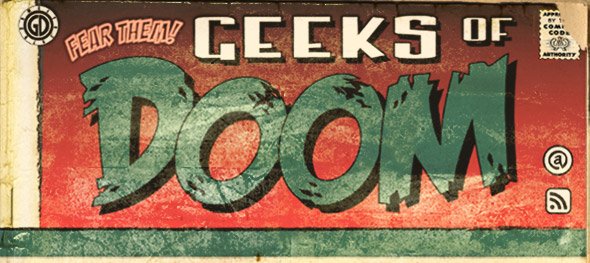
 Director Francis Ford Coppola debuted footage from his new movie called Twixt, a new non-linear film making experience that incorporates live performances (music and narration) and both 2D and 3D sequences.
Director Francis Ford Coppola debuted footage from his new movie called Twixt, a new non-linear film making experience that incorporates live performances (music and narration) and both 2D and 3D sequences.
If you’re confused by that description, then you are not alone. I didn’t actually know what I was watching when Coppola played the first clip — even after an explanation to the audience.
Basically, Coppola wants to create a movie that can be performed, unlike the current crop of “canned” movies, which are what you see is what you get. Using new software, the director is able to play portions of scenes in different order. Both the narration and the film’s music, done by performance artist Dan Deacon, also has to be altered based on how the new scenes are arranged.
“Why do movies have to be ‘canned’? Everything is canned. The only things we have that’s live are concerts and sports,” Coppola said, adding that his granddaughter describes the excitement of seeing a movie on its premiere night because no one knows whether it’ll be good or bad.
“There is a yearning, I feel, for a little bit more of the live to be put back into film,” he explained.
Coppola also said he doesn’t like watching a movie with 3D — pausing to inform those in attendance about how he didn’t keep his glasses on during the entire viewing of James Cameron’s Avatar. “The whole movie shouldn’t be 3D, but maybe some scenes should be,” he added.
The first bit of footage shown was in 3D, and the audience had special 3D glasses embedded in an Edgar Allan Poe mask (check out the photo of Coppola above wearing said mask).
The footage from Twixt tells the story of Hall Baltimore (Val Kilmer), the “bargain basement Stephen King” author of book series based on witches. His declining career is emphasized as he arrives in a small town for a book tour, where he gets caught up in a murder mystery involving a young girl. That night in a dream, Baltimore is approached by a mysterious young ghost named V (Elle Fanning), who he thinks could have a connection to the murder in the town. He walks with literary author Edgar Allan Poe and explains his plight about not being able to find a story for his next book. It’s difficult to explain the scenes in a linear order, so I won’t really try to.
The majority of the scenes seemed hokey the first time I watched them in the order presented by Coppola. (yet, Kilmer’s portrayal of a frustrated author was particularly brilliant I thought). As the scenes were randomized using the software (which the director actually demonstrated on stage), they did change meaning subtly. It was enough to understand what he was going for on this new film project.
While I think the process is extremely creative, I’m not sure general audiences will like it because there are so many moving parts. Seriously, the box office is dominated by sequels to transforming talking robot movies because people like watching simple, linear storytelling.
That doesn’t mean Coppola isn’t doing something really exciting with Twixt, because he definitely is.
Check out photos from the panel embedded below…
Photos
[Photos by Dave3.]
























This sounds fairly confusing but it’s nice to see someone try something new.
Comment by demonstrable — July 24, 2011 @ 3:50 pm